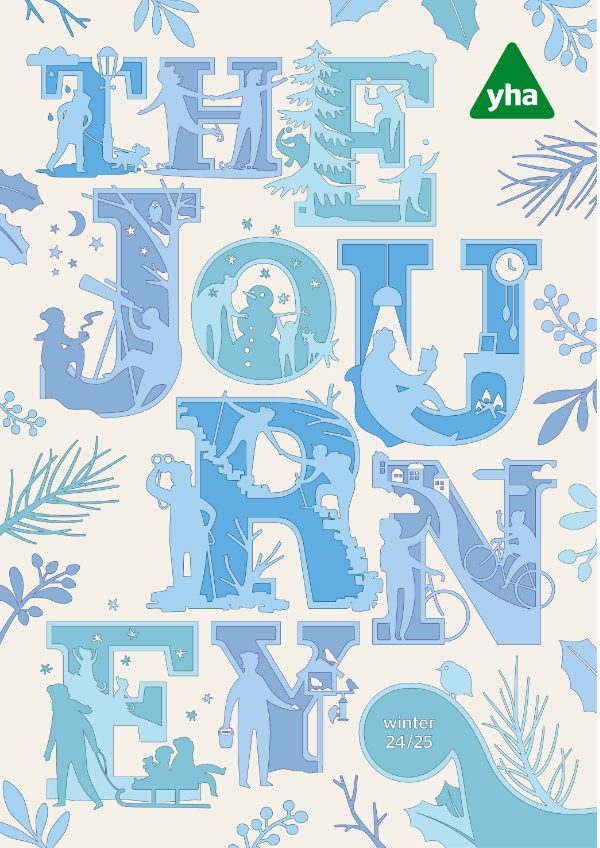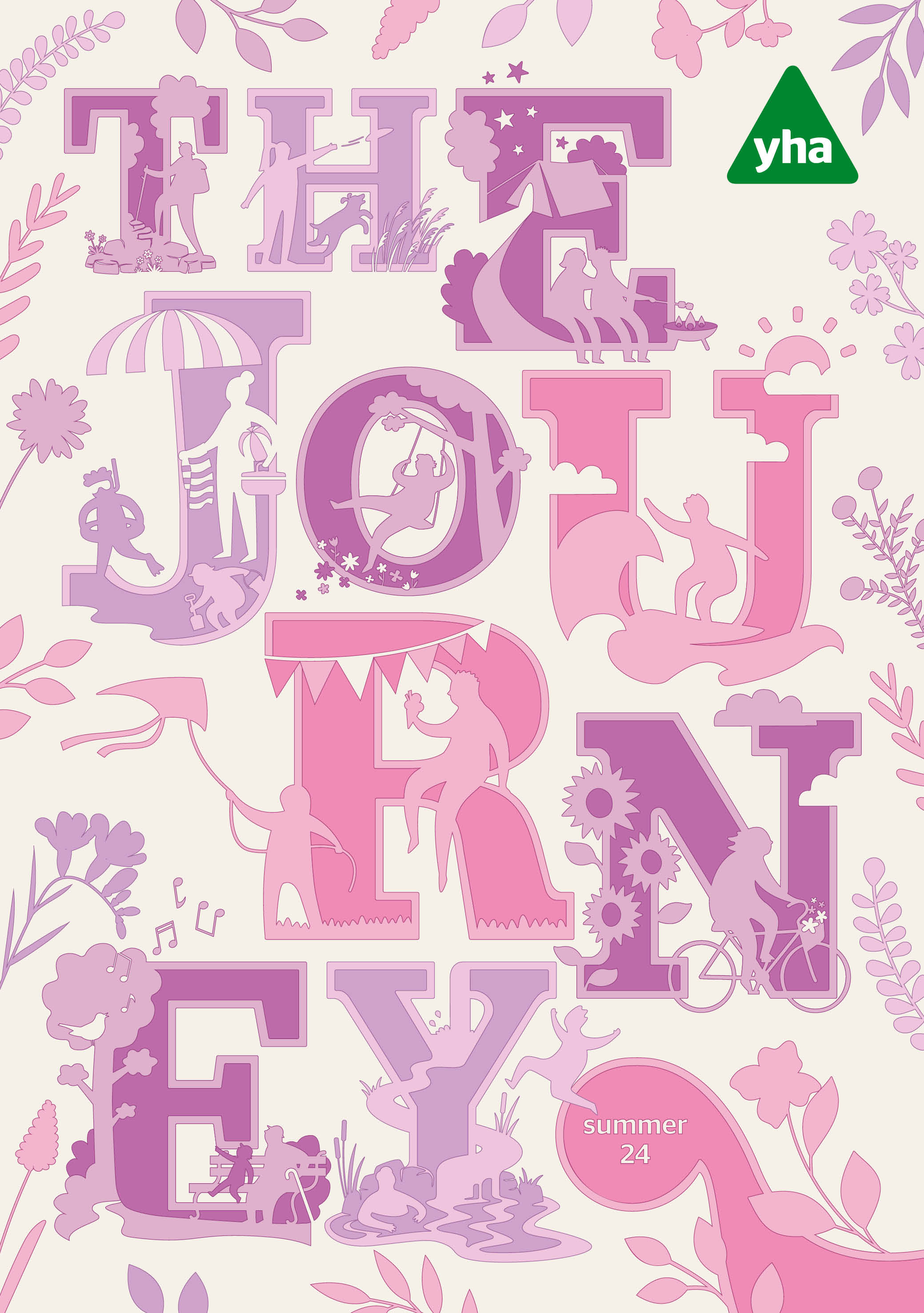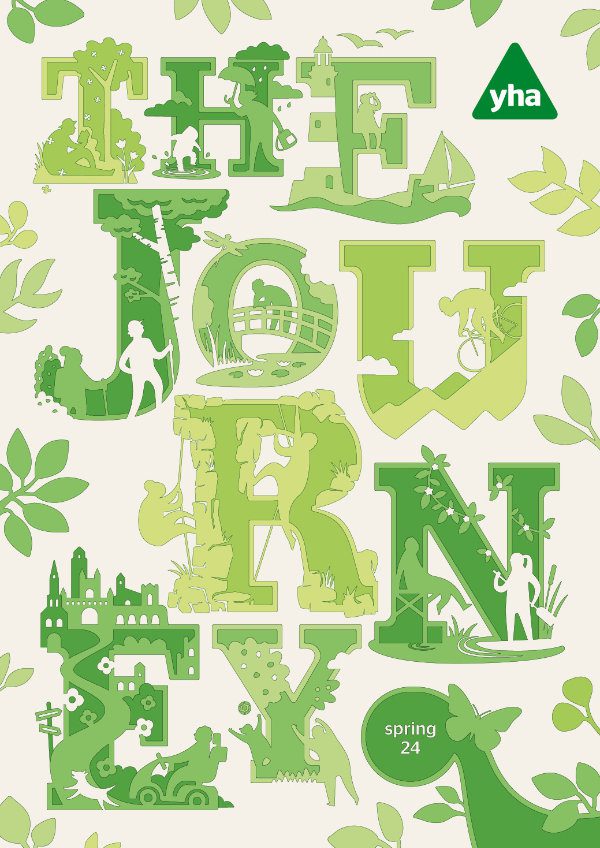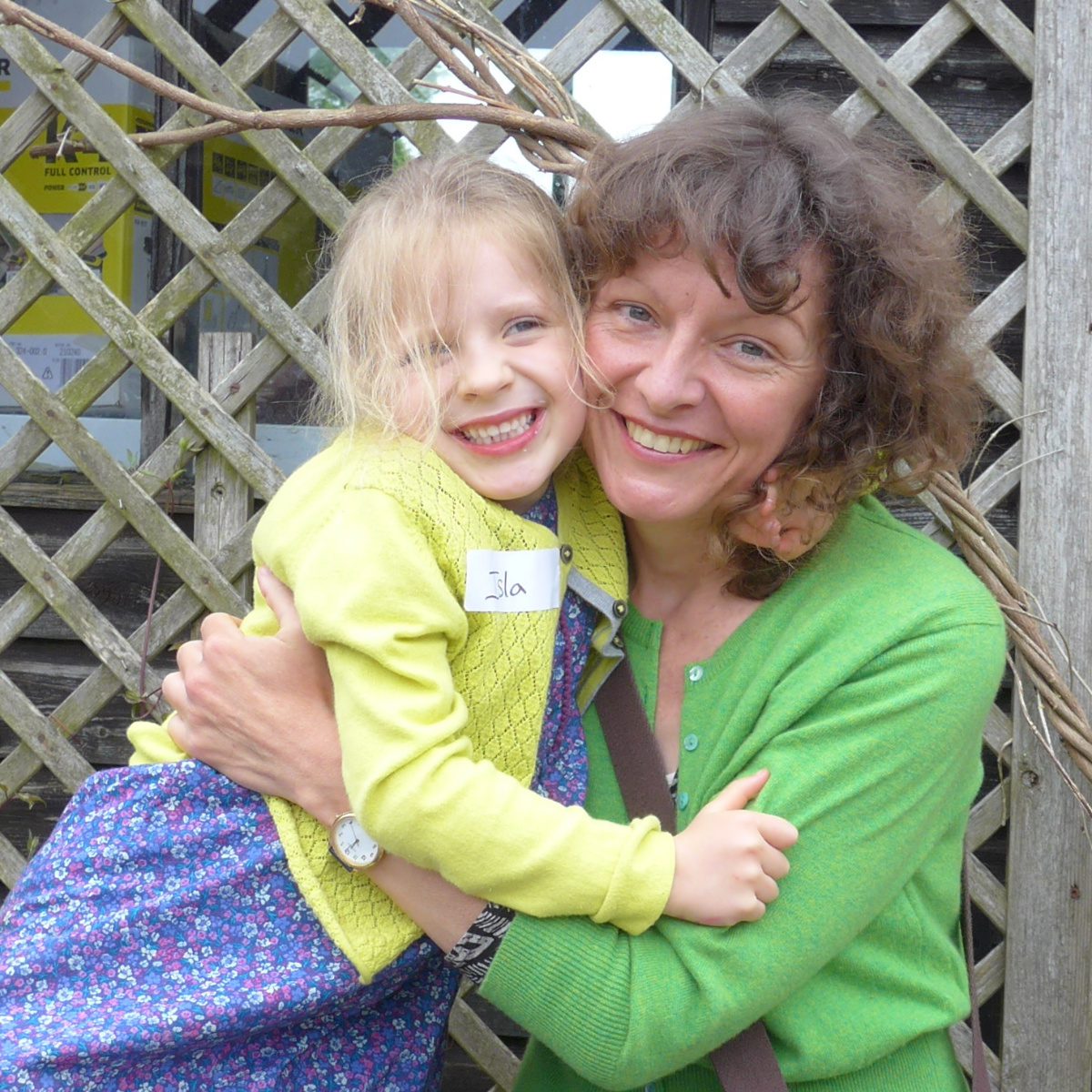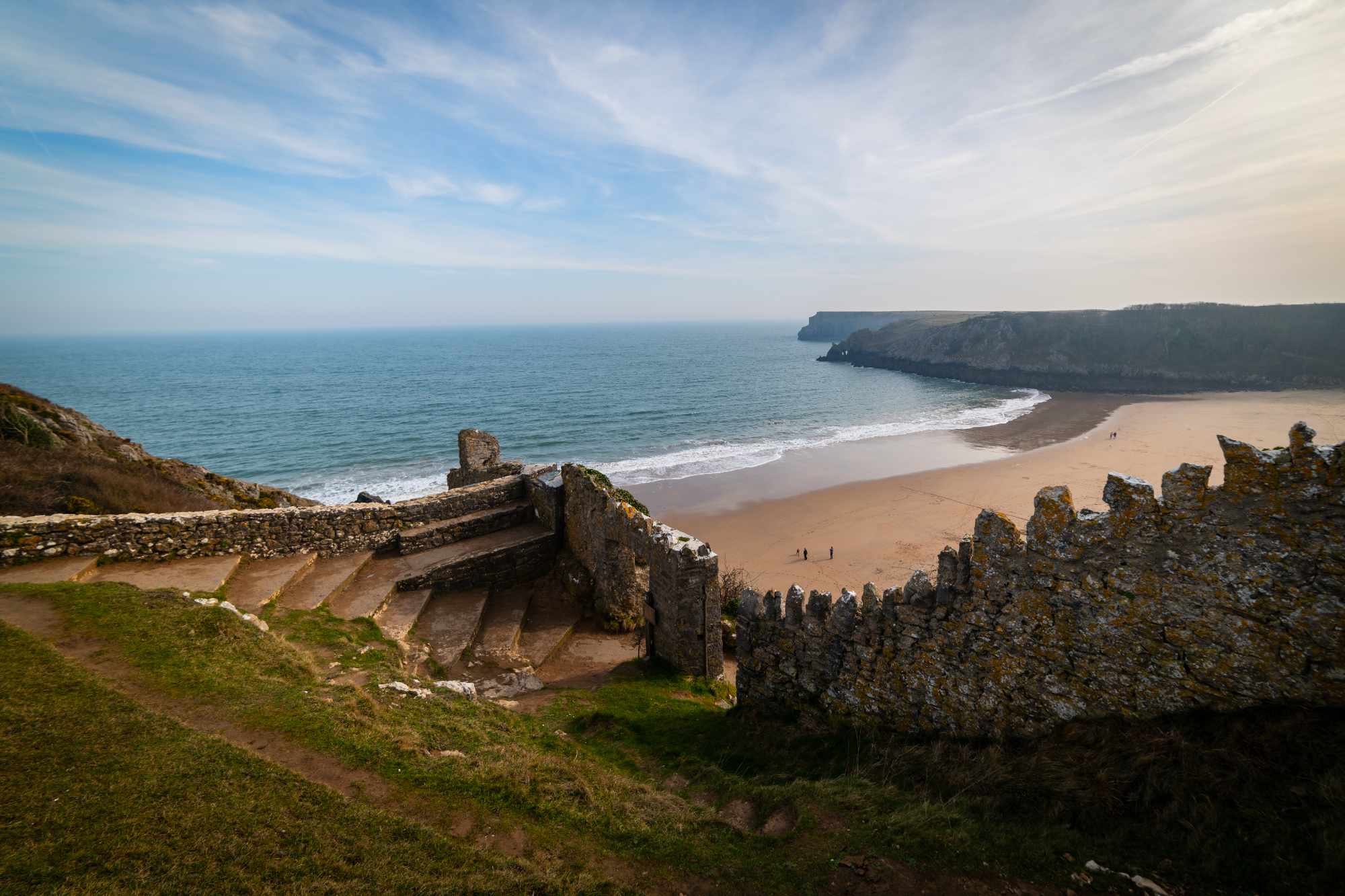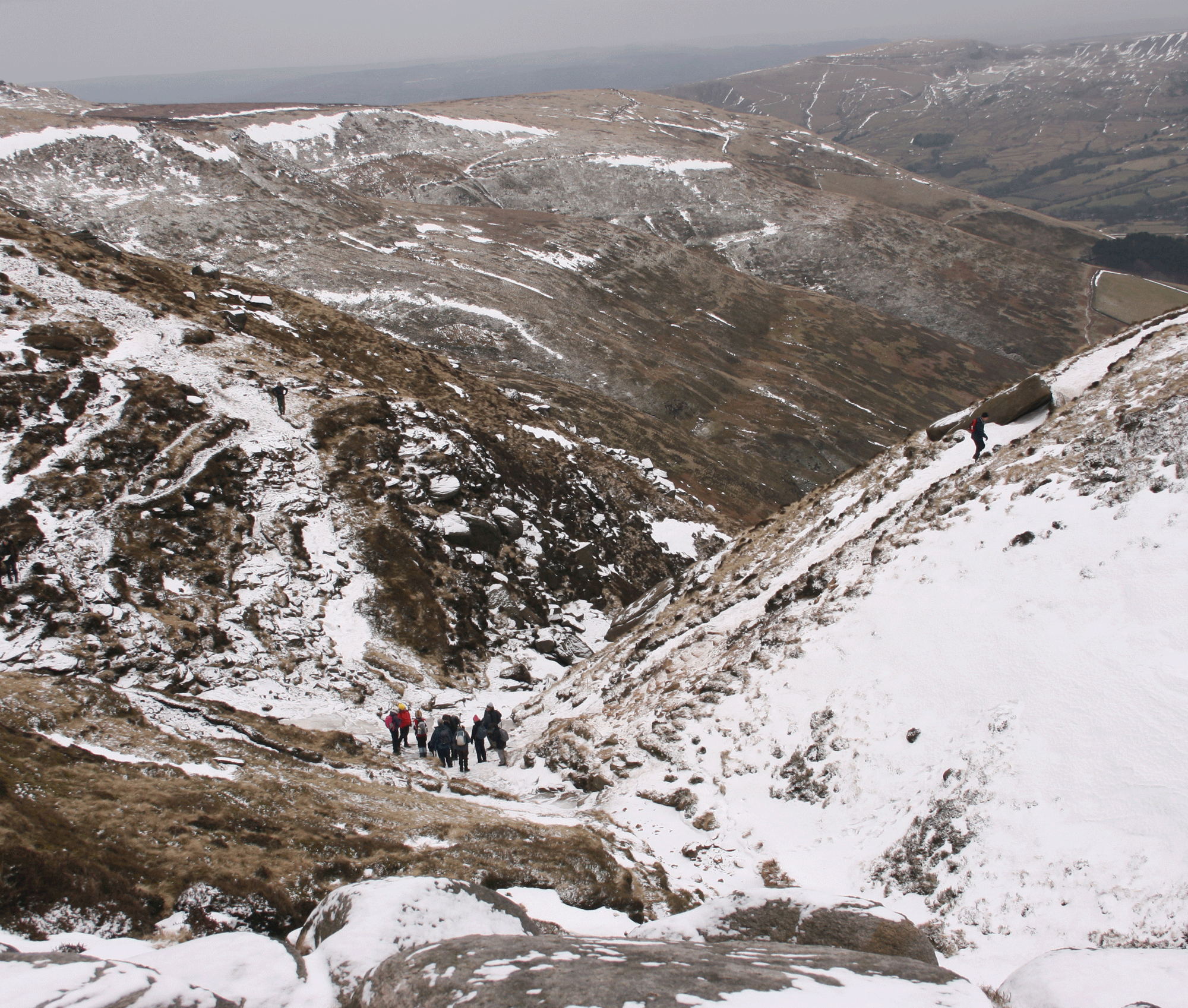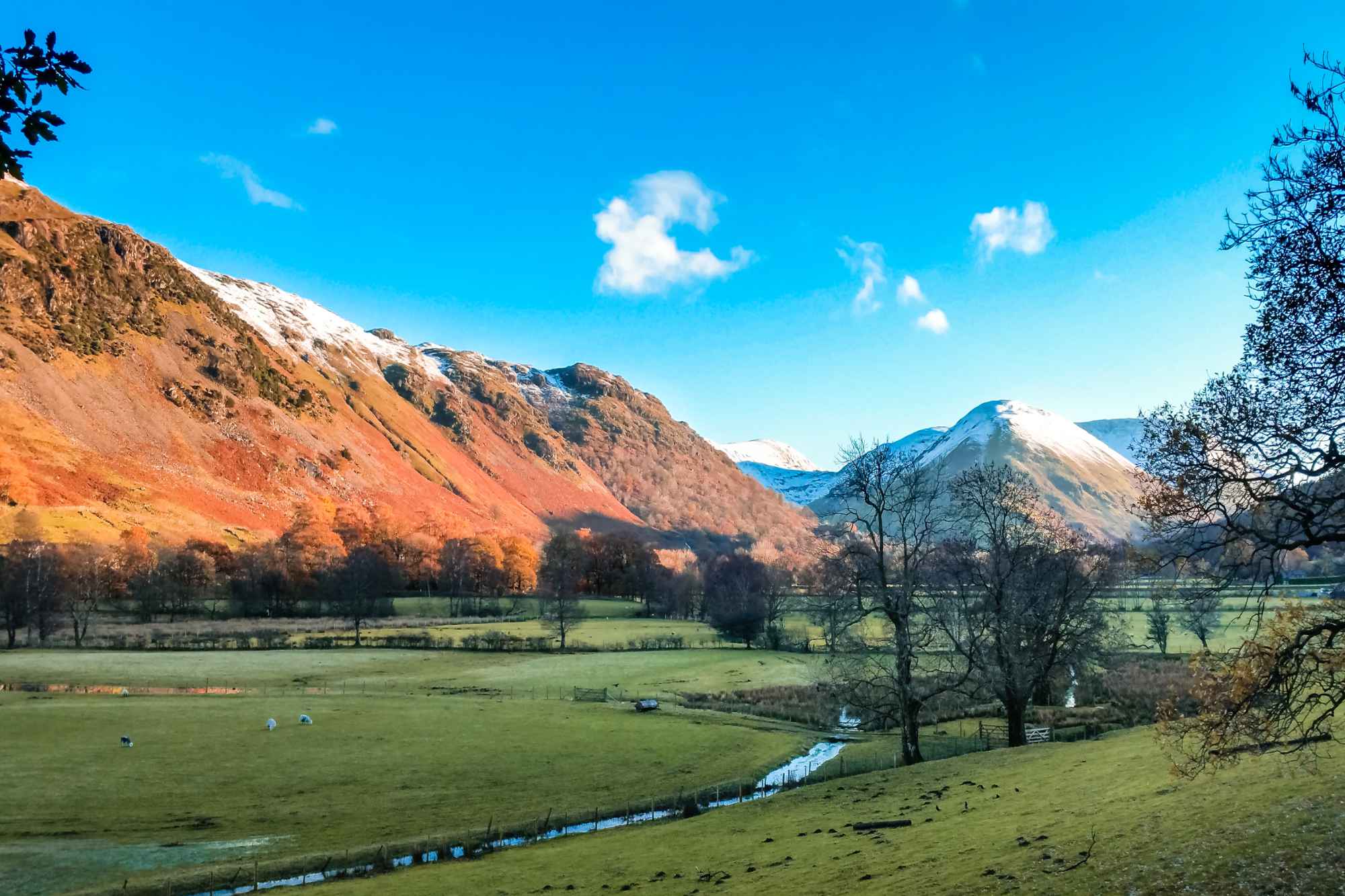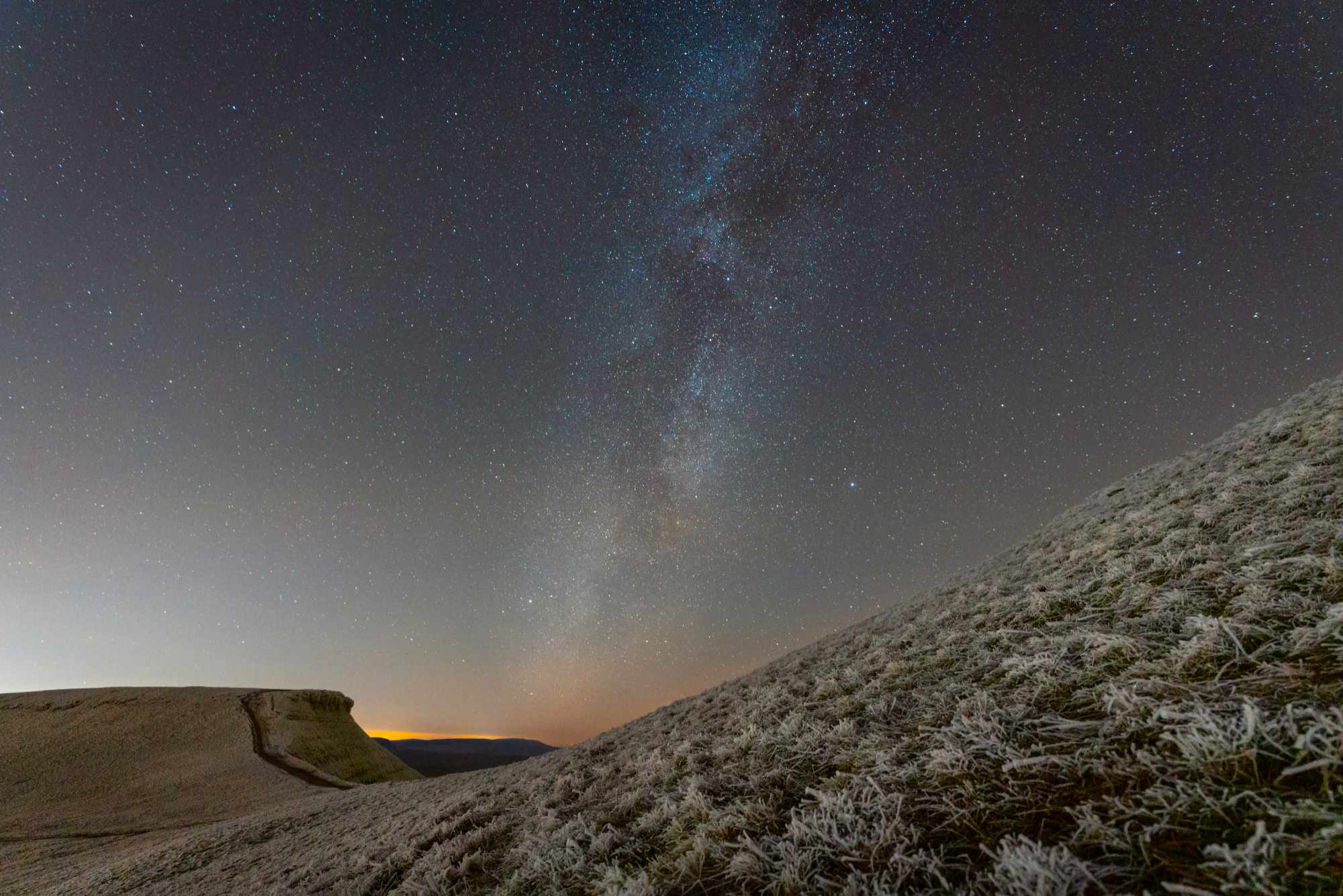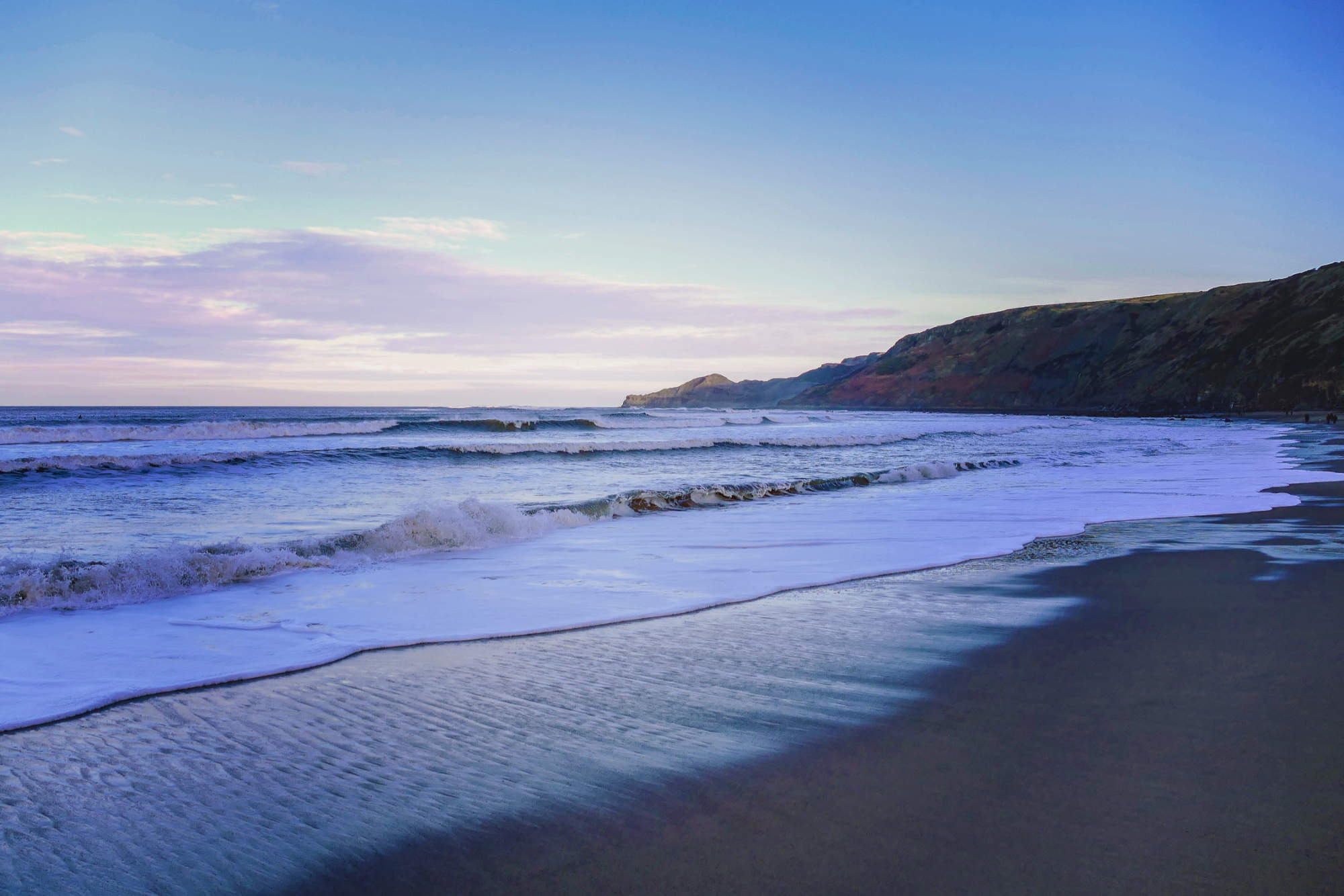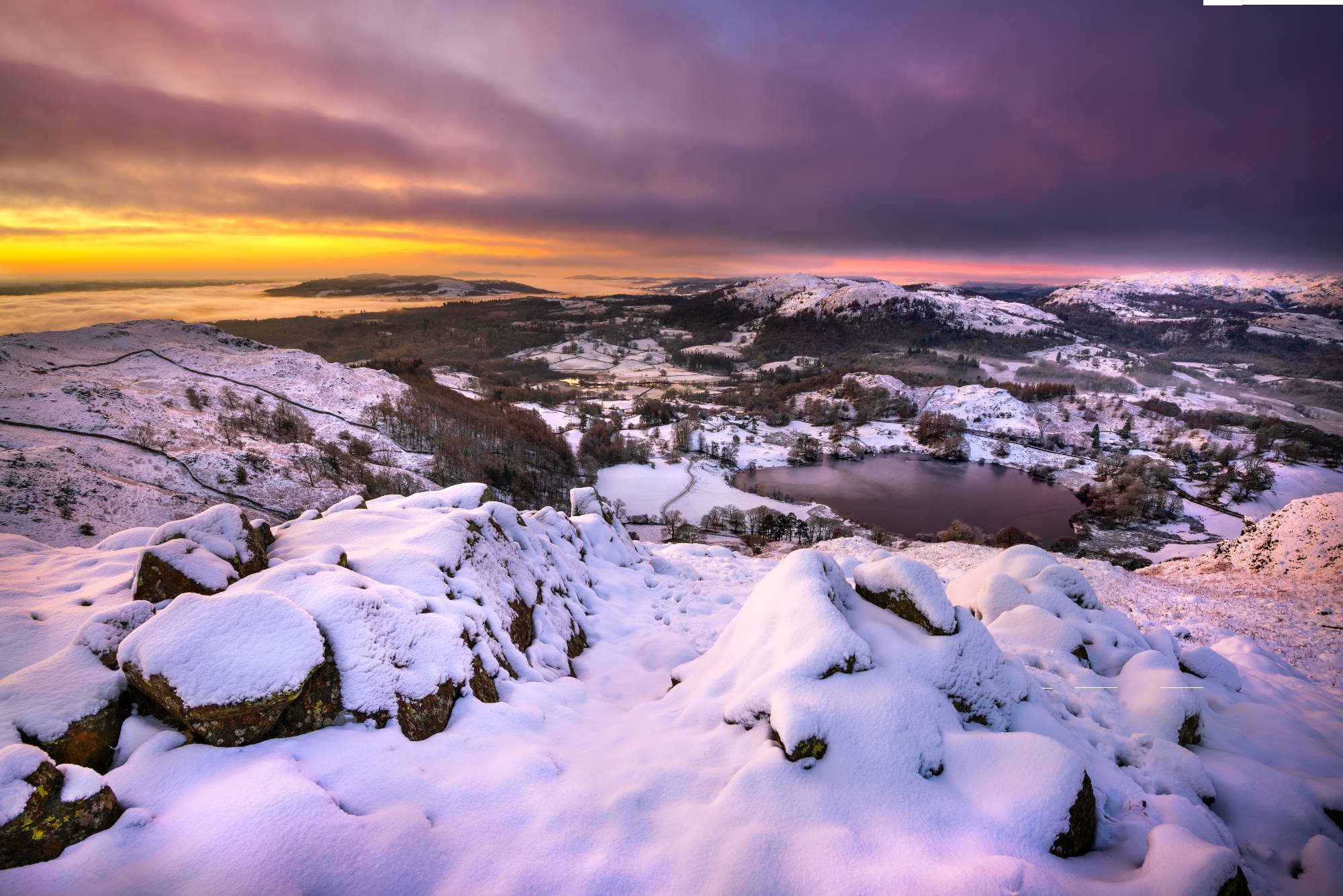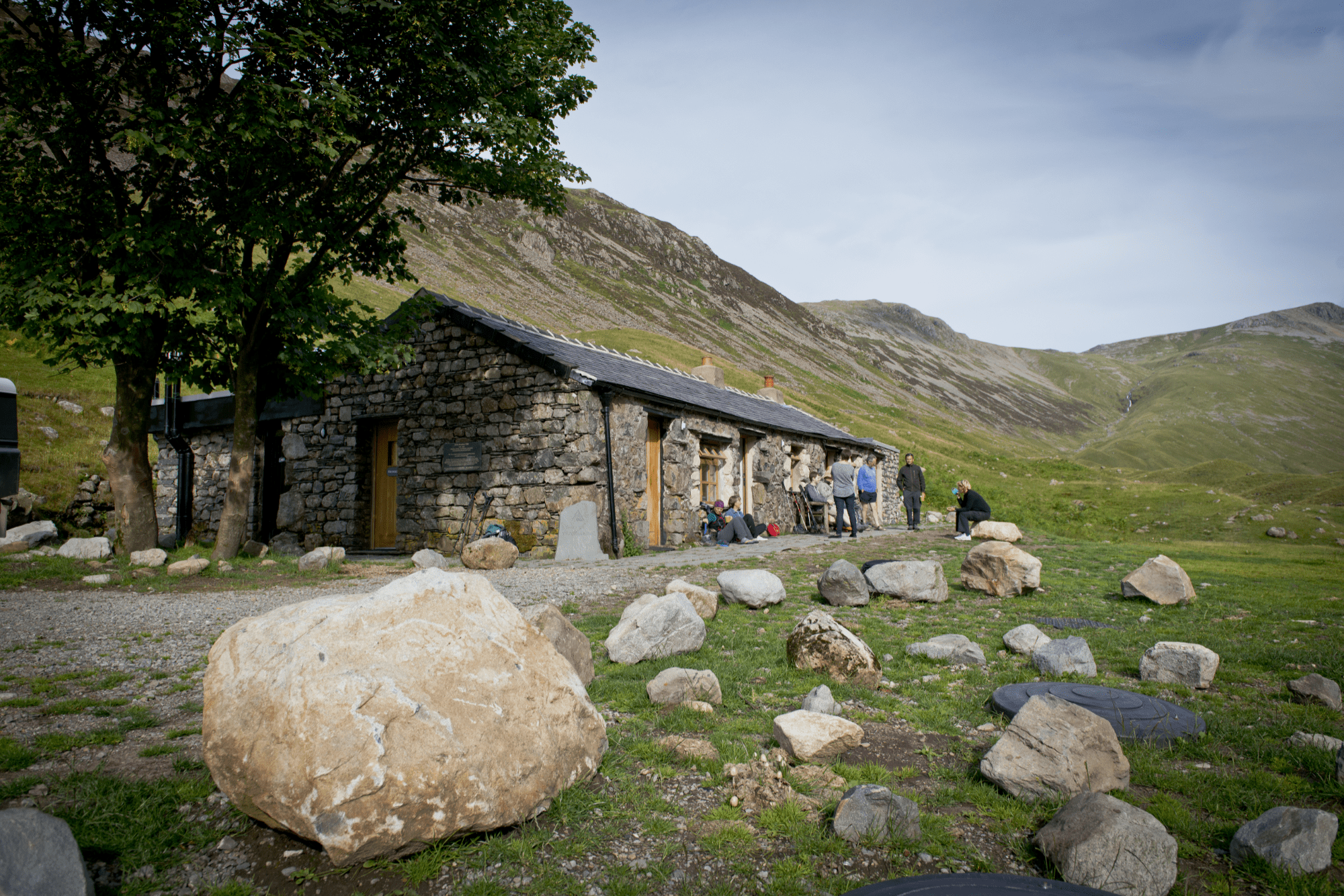I gazed into the rock pool hoping to spot a Velvet Swimming Crab, its red eyes glowing bright like car tail lights. Seven years previously an ecologist from the Yorkshire Wildlife Trust had shown us one in this very place, on the beach near YHA Boggle Hole in Robin Hood’s Bay.
I didn’t find a crab: what came into focus was the whorls of an ammonite, about 5 cm in diameter; the fossil record of a Cephalopod that had been swimming through shallow tropical waters at least 66 million years ago.

North Yorkshire’s Jurassic Coast has yielded up so many examples of ancient life, from the fossilised oysters – Gryphaea – popularly known as ‘Devil’s toenails’, to brontosaur bones and mammoth tusks. Walking along the strand after a storm, a local geologist told me, he came across some flat rocks that had been flipped over by the force of crashing waves to reveal a series of dinosaur footprints.
And there is such a variety of natural wonders here today, too. Some six-year-old-twins who’d just moved to Robin Hood’s Bay village excitedly showed me a Moon jellyfish they’d discovered on the shoreline. There are sand martins living in the cliffs, in neighbouring square holes like apartment blocks, and curlews delicately hoiking lugworms out of the mud with their long curved bills.
Below the headland at Ravenscar is a seal colony, about an hour’s walk along the beach from the hostel at low tide, or a longer walk along the cliff-top coastal path followed by a somewhat challenging scramble down to the shore from the golf course near the Raven Hall Hotel. It’s a good idea to take binoculars in order to observe the seals at rest without disturbing them. We saw more than 100 lolling around on the scaurs (flat rock outcrops).
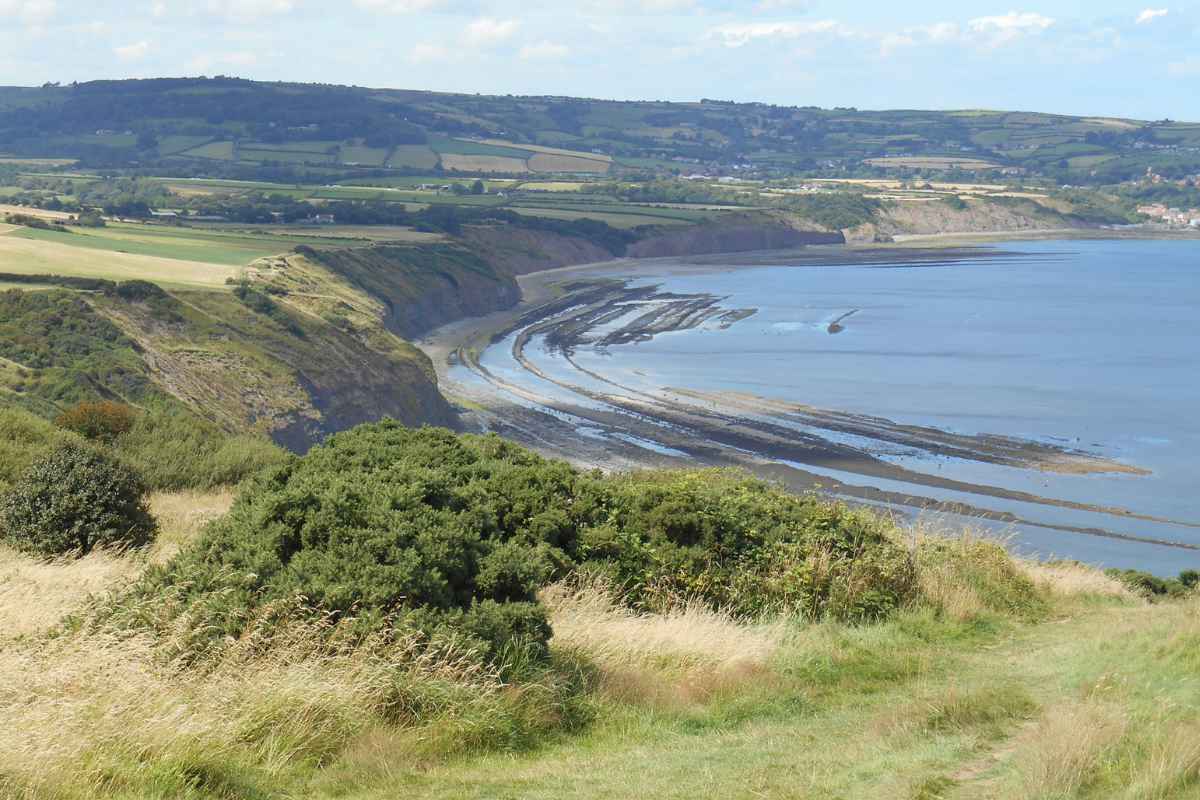

Ravenscar was planned in the late 19th century as an elegant seaside resort to rival Scarborough. In the end it didn’t come off due to the entrepreneur’s funds running out, but he had already built roads and sewers and even commissioned publicity posters promising a ‘Magnificent Undercliff and Hanging Gardens’, and claiming it would be the ‘Most Bracing Resort on East Coast, 600 feet Above Sea Level’. It’s the perfect destination for a walk – about three miles from the hostel — and there’s a welcome tea room in Station Road along with a National Trust visitor centre.
Upstairs at the National Trust’s other local visitor centre, The Old Coastguard Station in Robin Hood’s Bay village, there’s a fascinating map called ‘Undersea Landscapes of North-East England’. It illustrates all the things that — because they lie deep below the waves – we don’t usually think about. They include scampi burrows, kelp forests, Brittle-star and anemone beds, and Cat worm banks. You can find out where mackerel spawn and Thornback rays hunt, and where you’re most likely to see a porpoise or a Minke whale.
YHA Boggle Hole is one of the most exciting hostels for children to stay at because not only is it right on the beach, it feels like it is cut off at high tide, so it’s like being on an island. In fact it’s not completely cut off – you can still go up the hill to the car park, or walk for twenty minutes along the coastal path to Robin Hood’s Bay village to stock up on provisions or catch an X93 bus to Whitby or Scarborough.


Over the years the hostel managers have added all kinds of interesting and quirky things to decorate and enliven the buildings and grounds, many of them particularly appealing to kids, such as the boards telling the story of the Boggle, a gentle, cave-dwelling elf who loves milk and is very kind. There are arts and crafts made from flotsam and jetsam, such as a rainbow heart made from plastic bottle tops, and the shade sails and lampshades created from buoys all add to the nautical feel.

And, instead of a random selection of left-behind paperbacks, there is an excellent library of books about fossils and dinosaurs; flora and fauna; the moors and the sea … as well as games including, of course, Boggle. On a wet day, there’s plenty to keep everyone occupied.
Reading Seashore, in the Dorling Kindersley/RSPB Pocket Nature series, I realised that what I’d really like to find, even more than a Velvet Swimming Crab, is a Distinguished Jumper. It’s a spider that lives in sand dunes and has no fewer than four pairs of eyes. Having 360 degree vision makes it a formidable predator.
YHA Boggle Hole has a special place in our hearts because it was where we had our first family hostelling adventure, in 2017, and where we made a welcome return visit that strange, socially-distanced summer after the first lockdown, in 2020. It was great to be back.
Read more of Jenny’s blogs.
Discover more about YHA.
